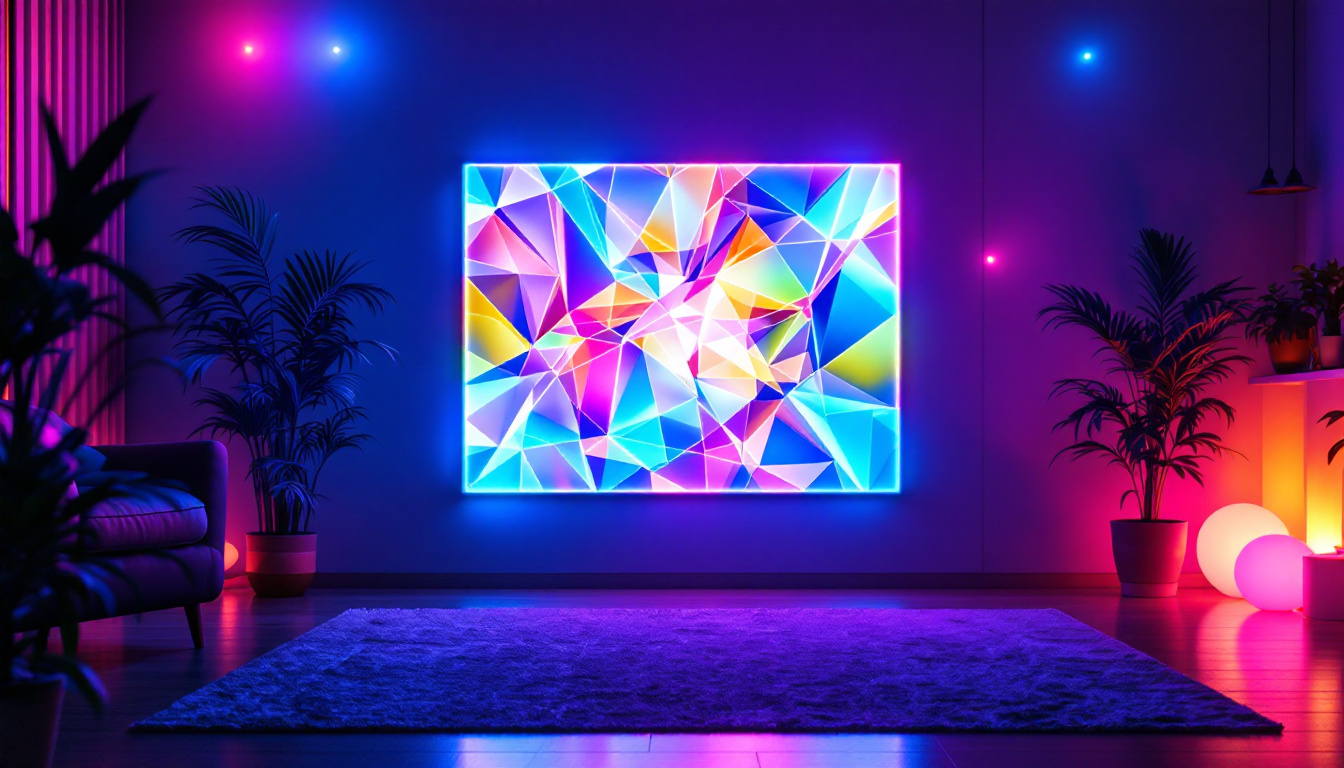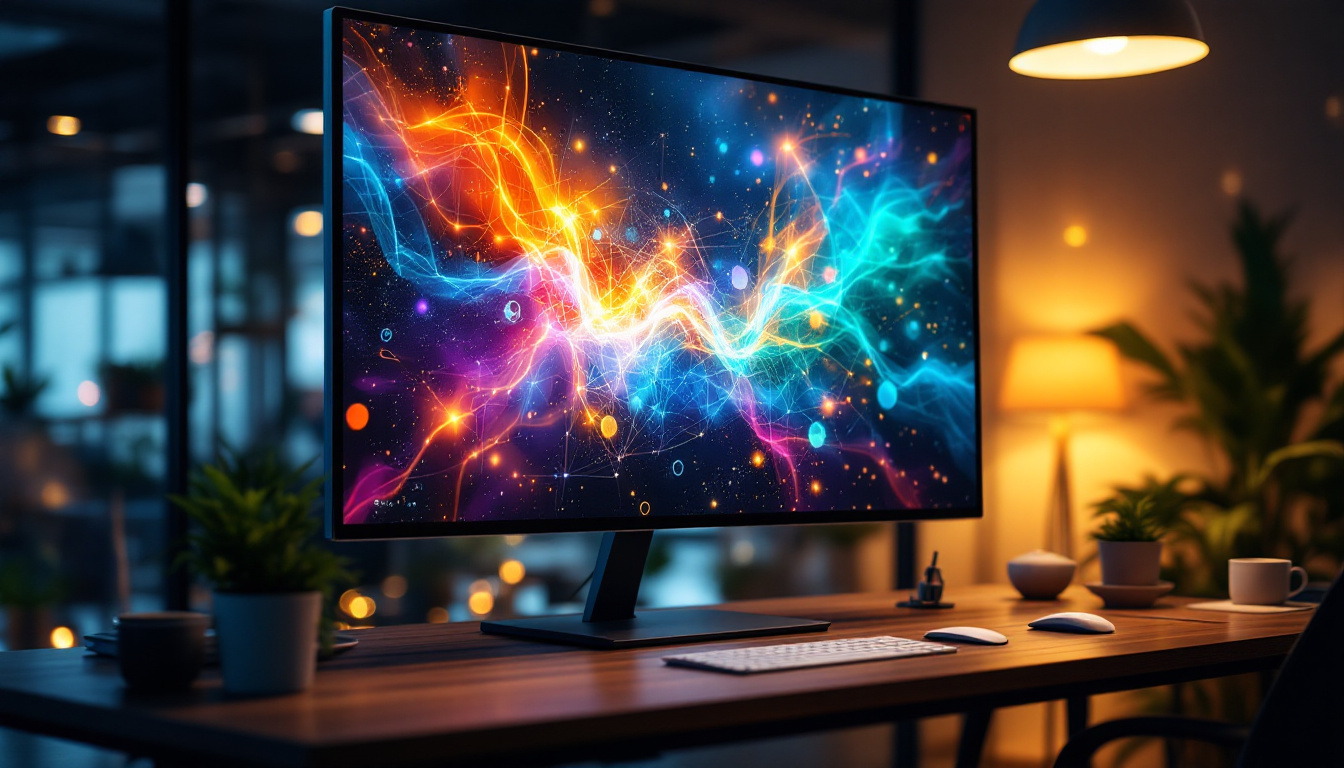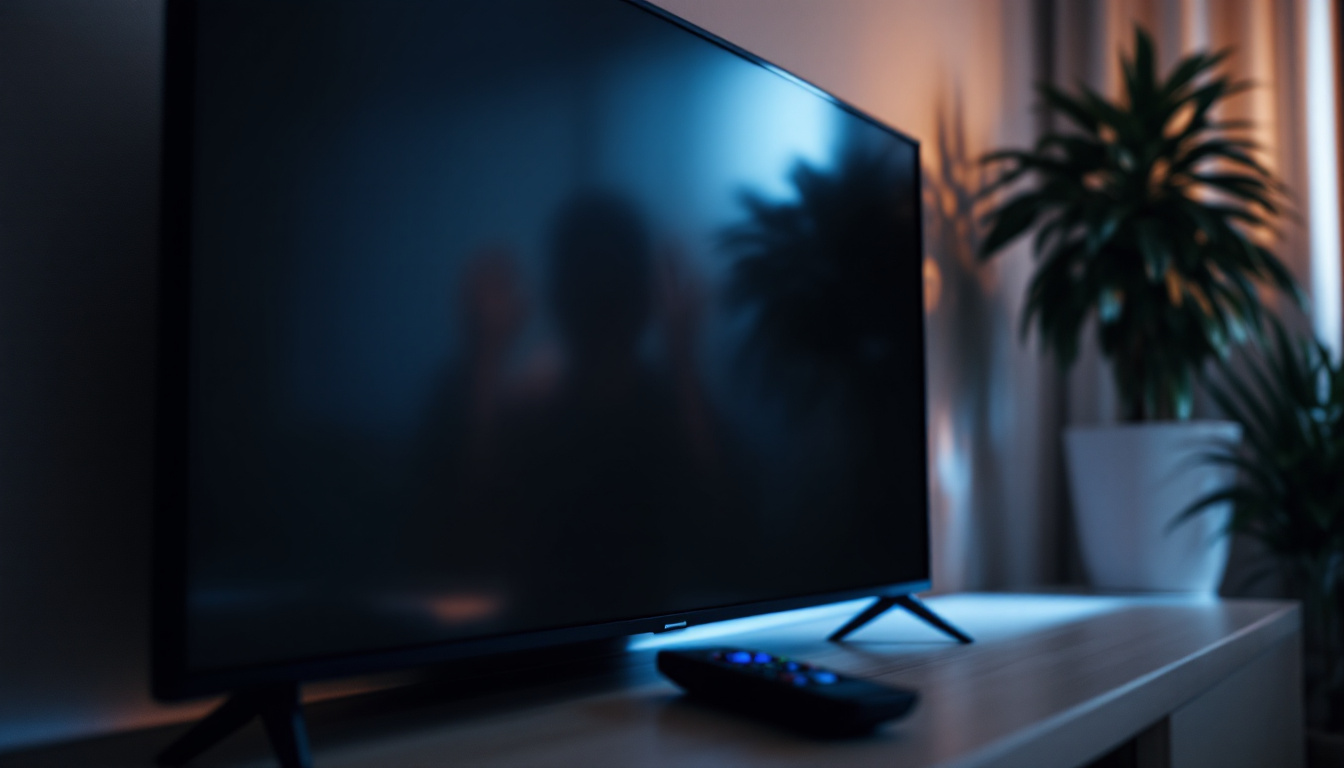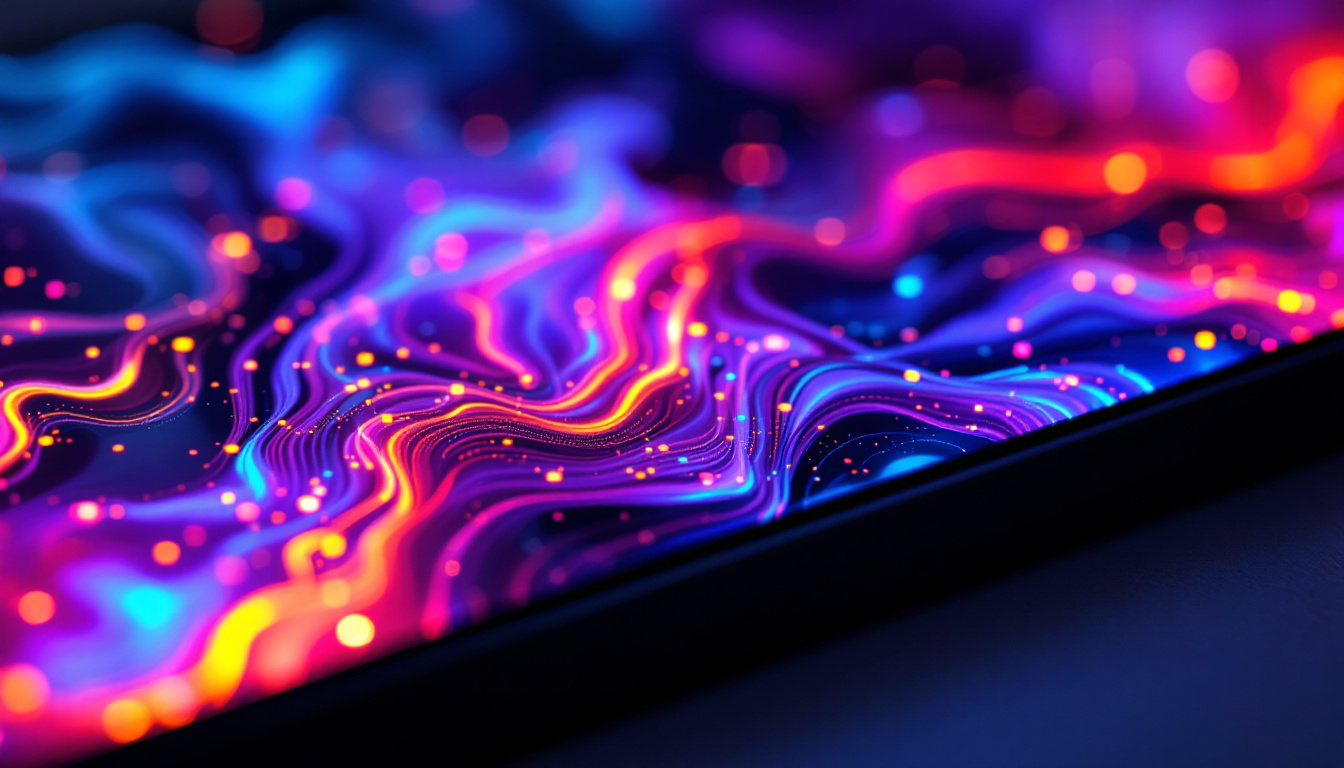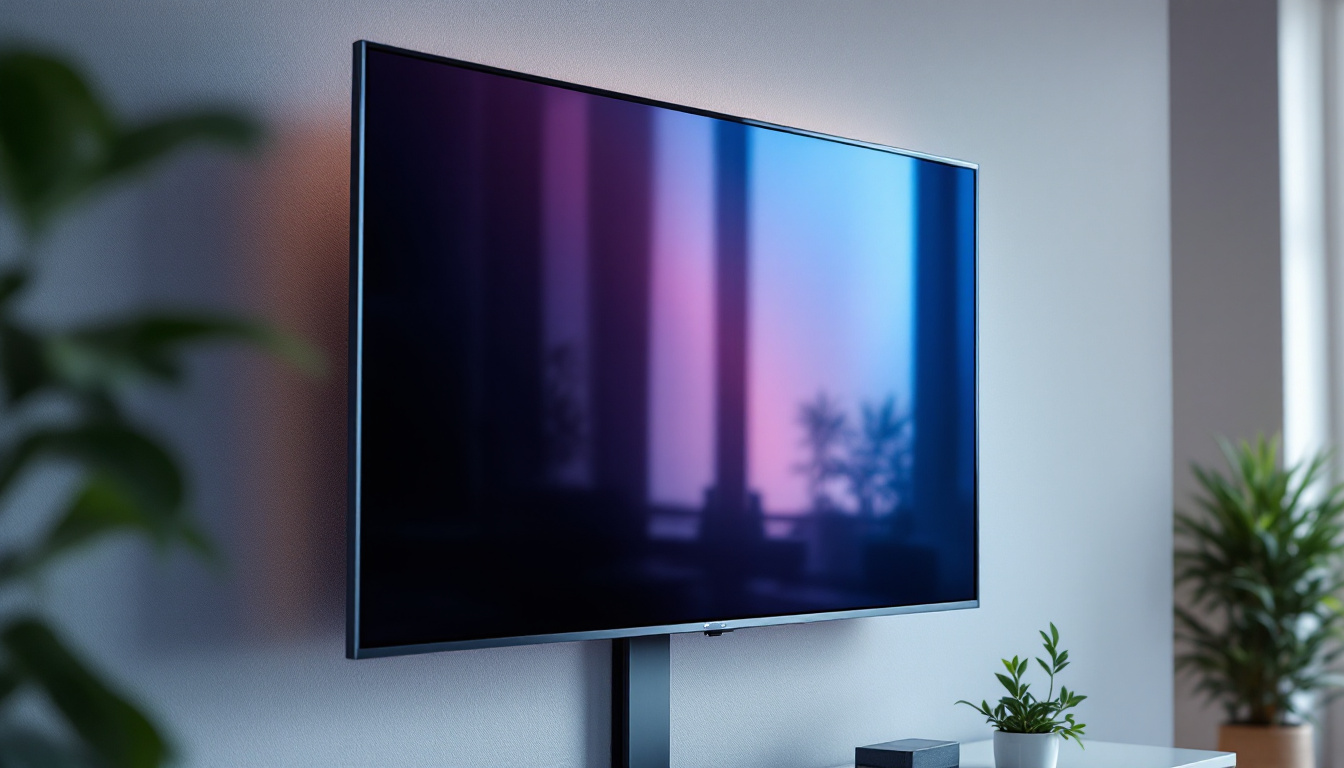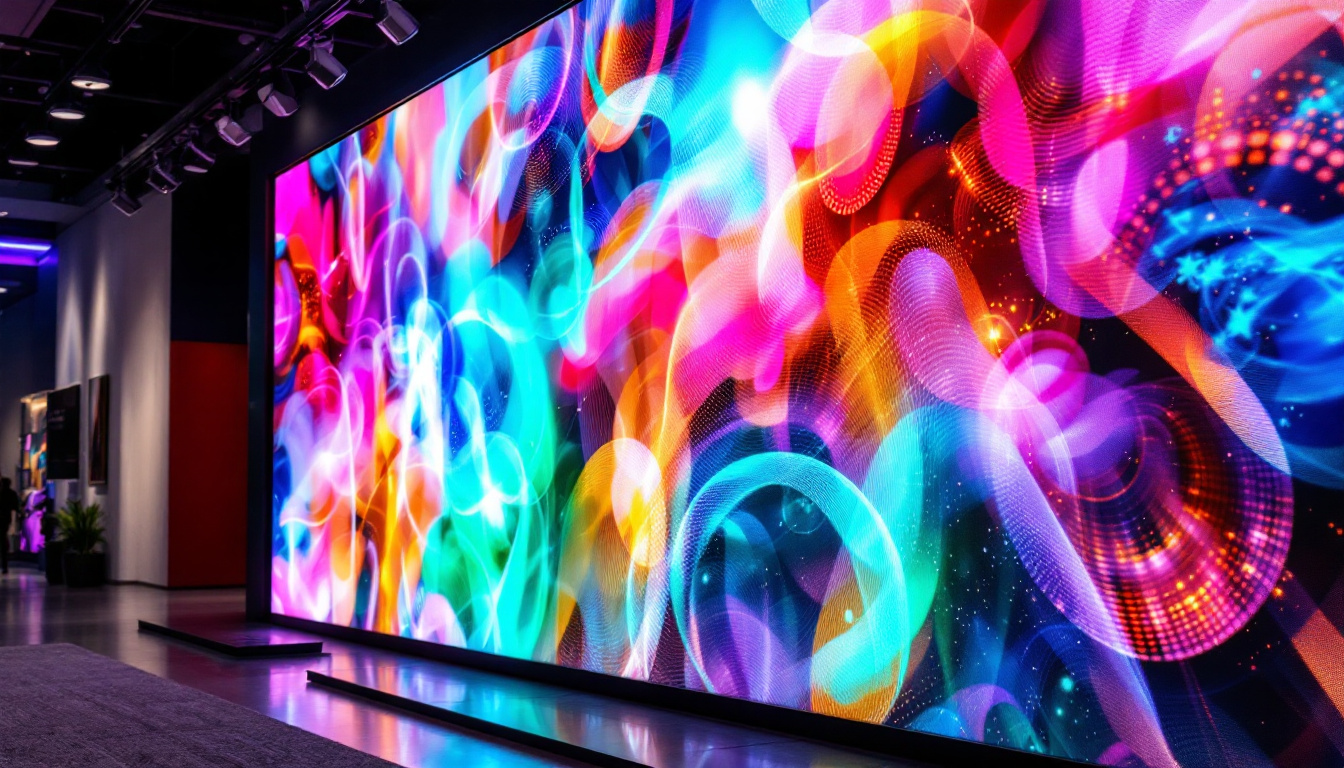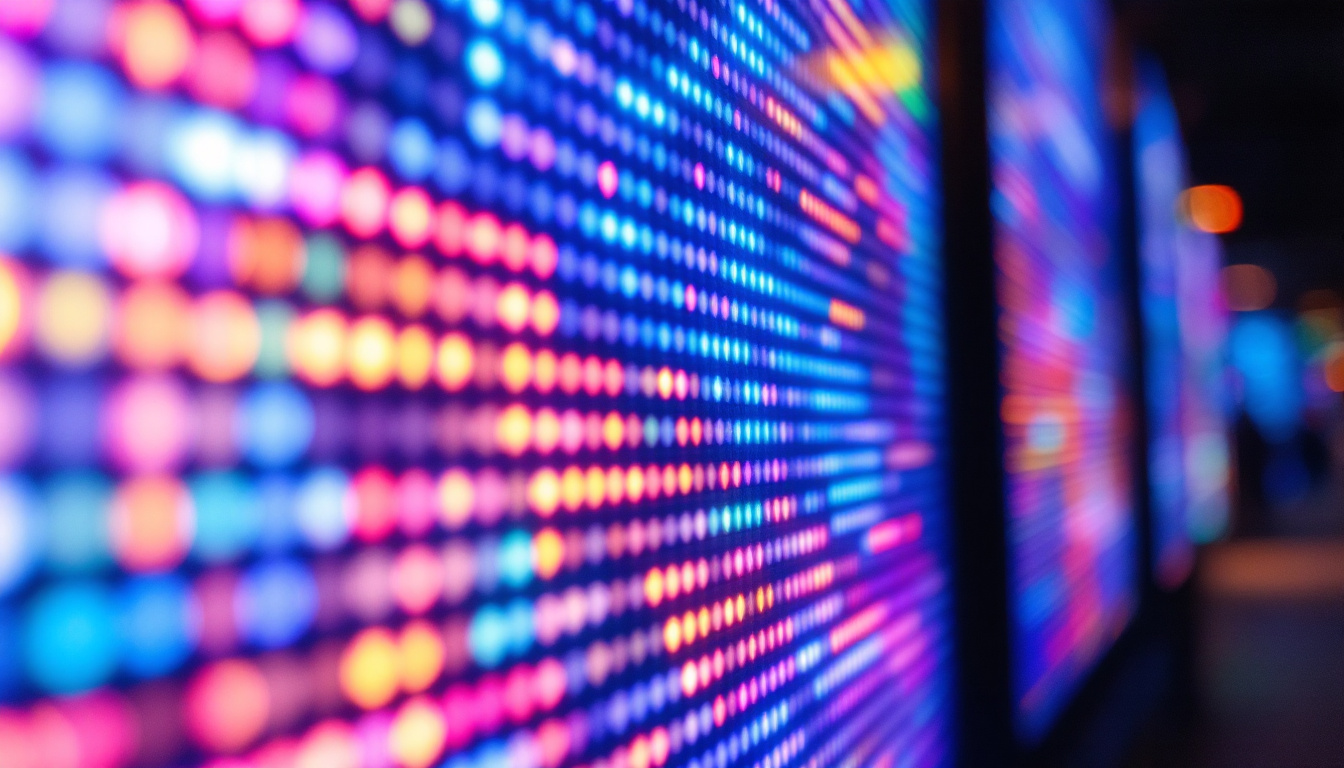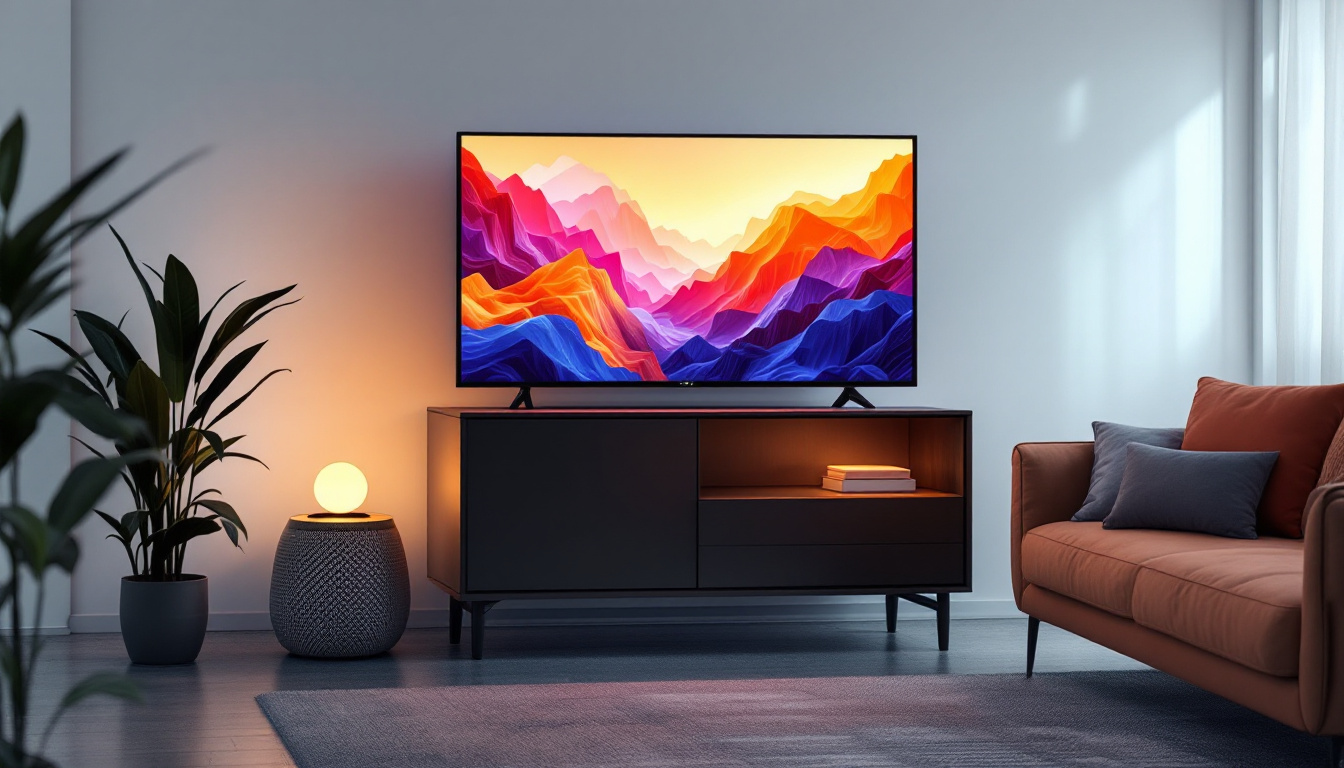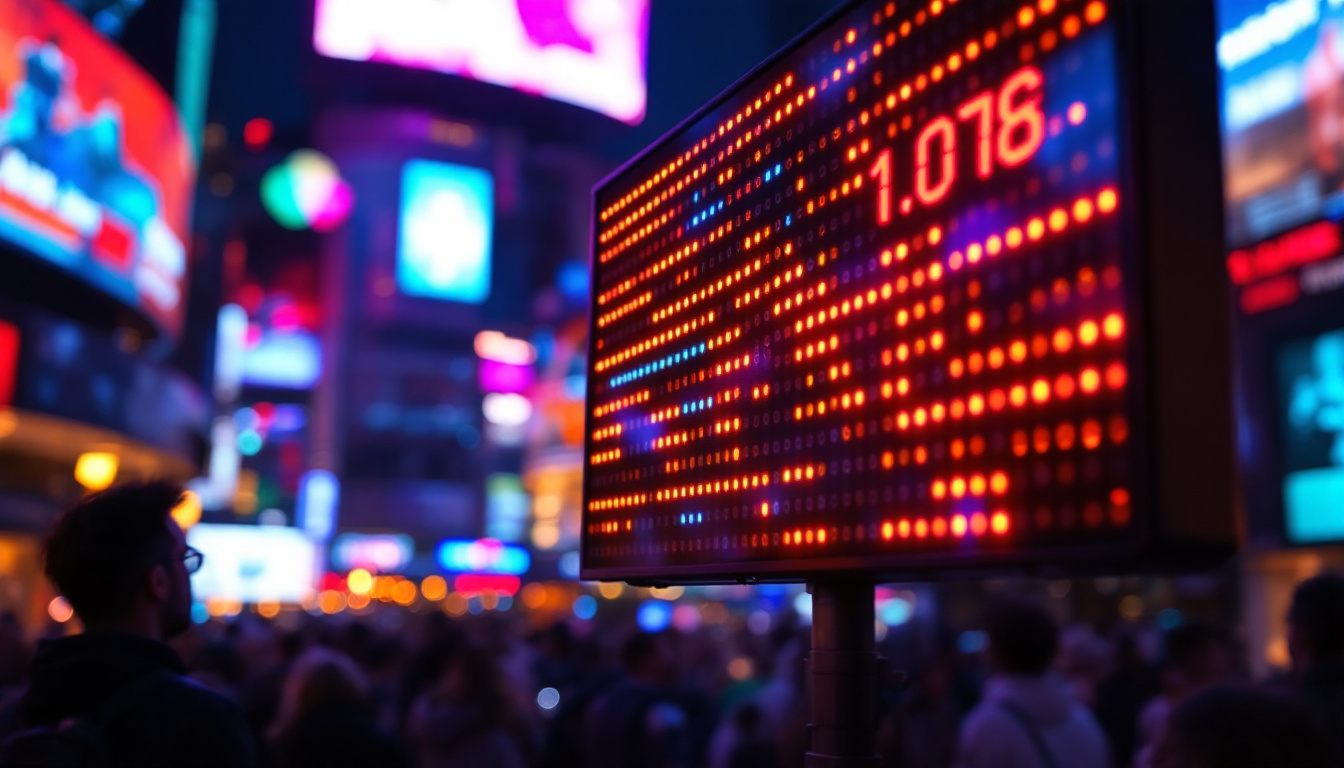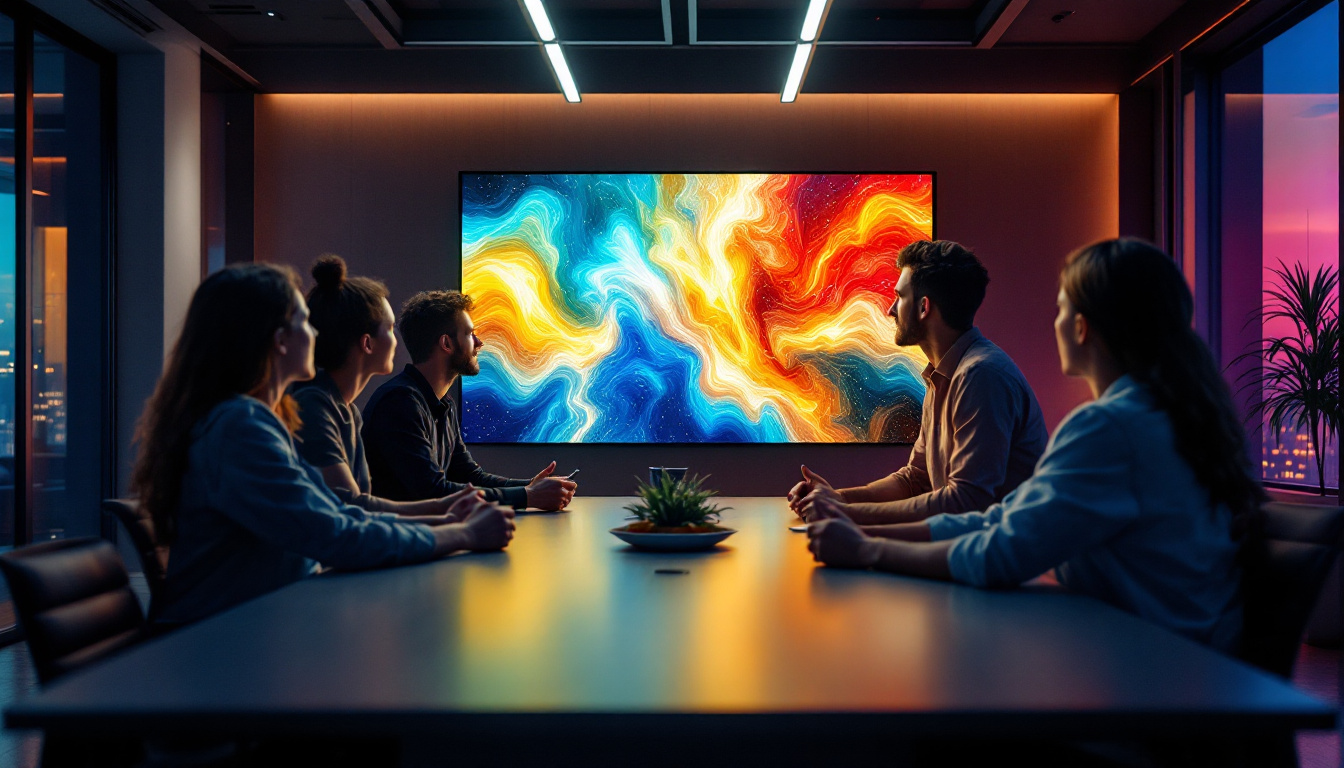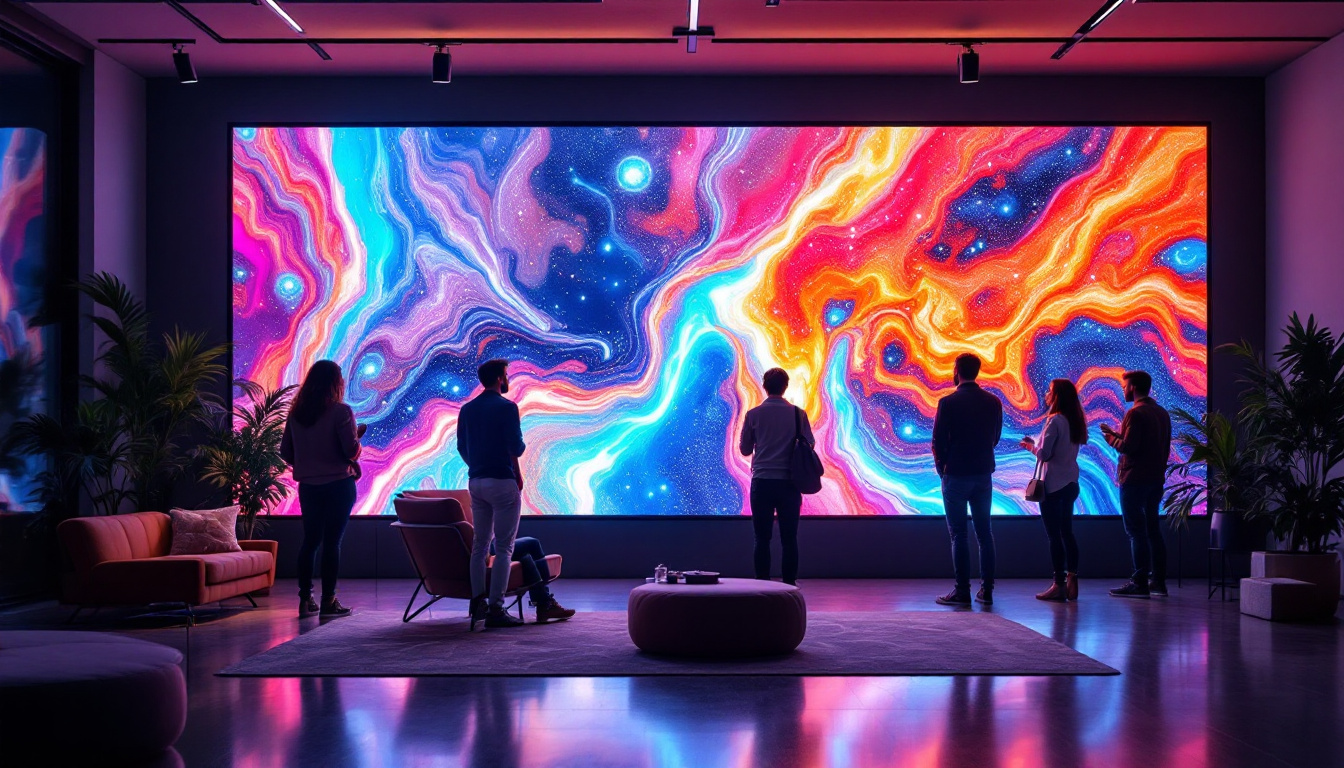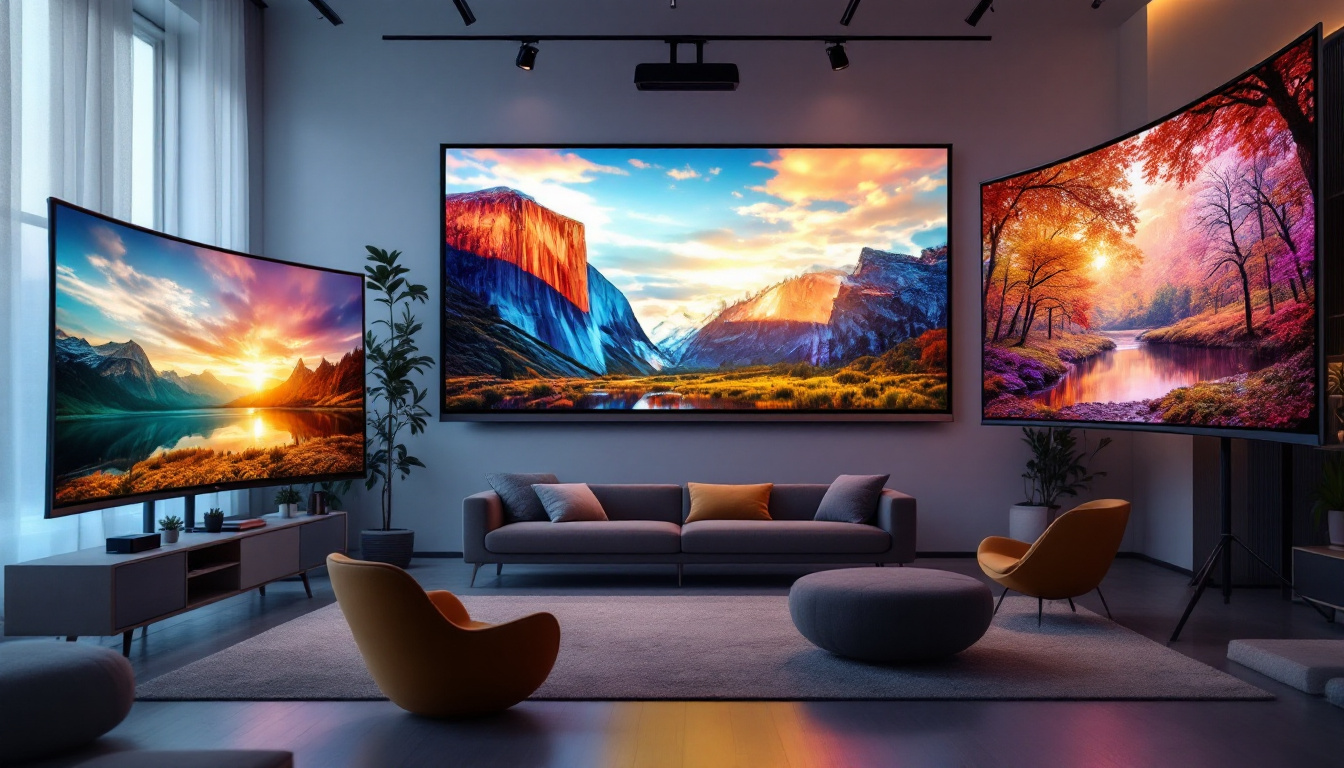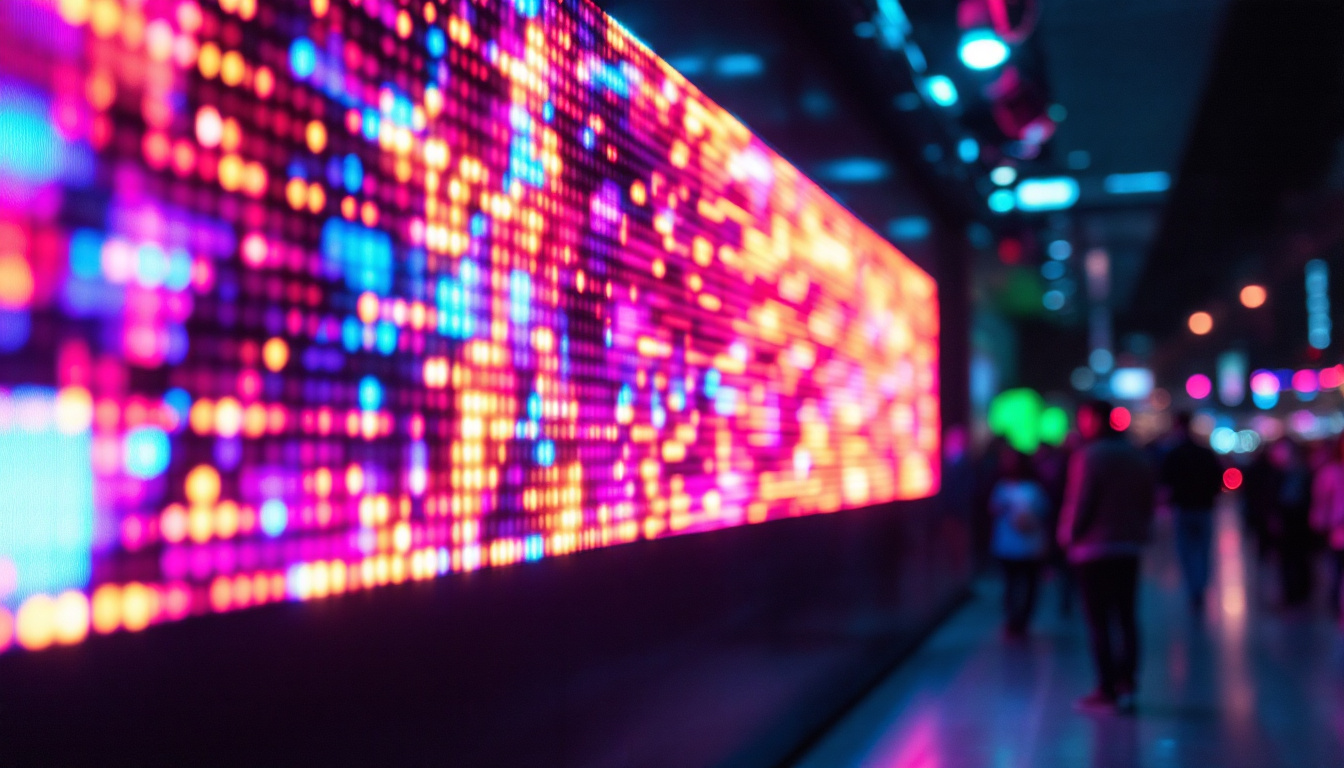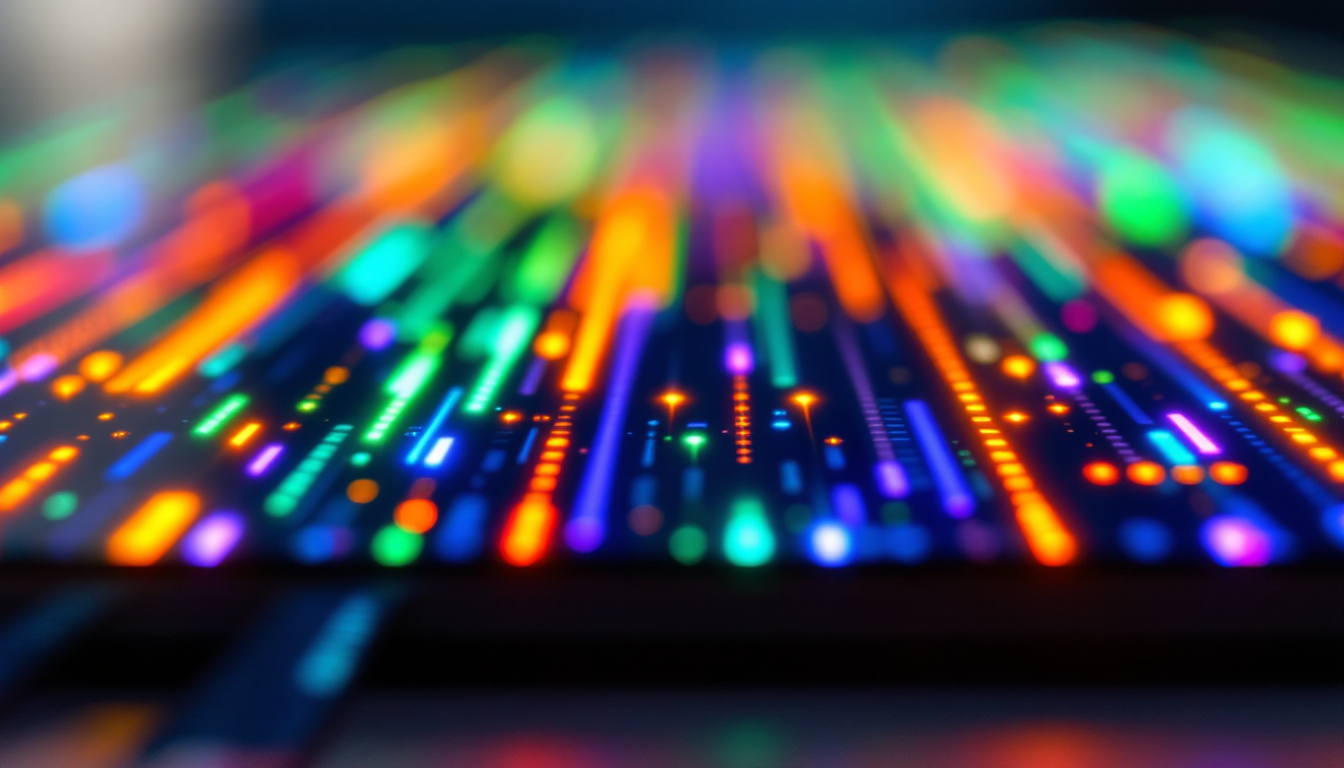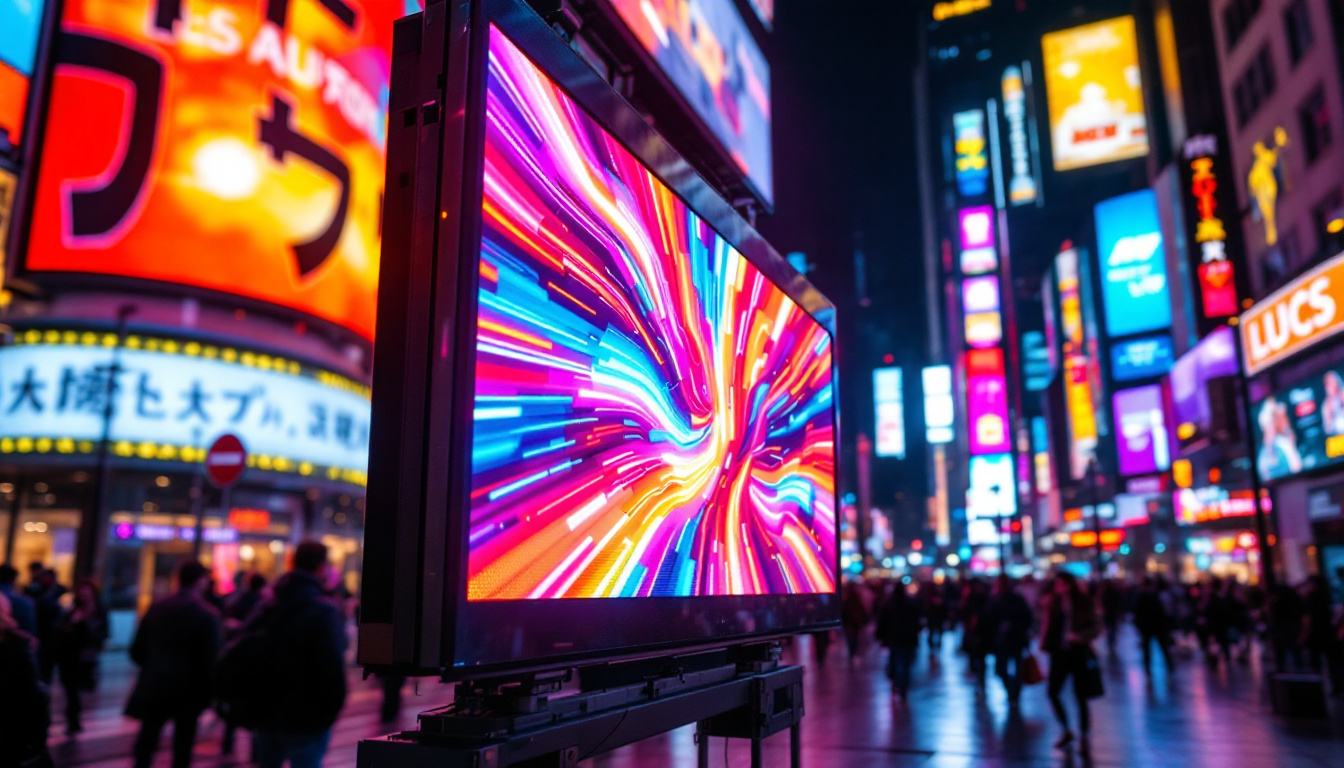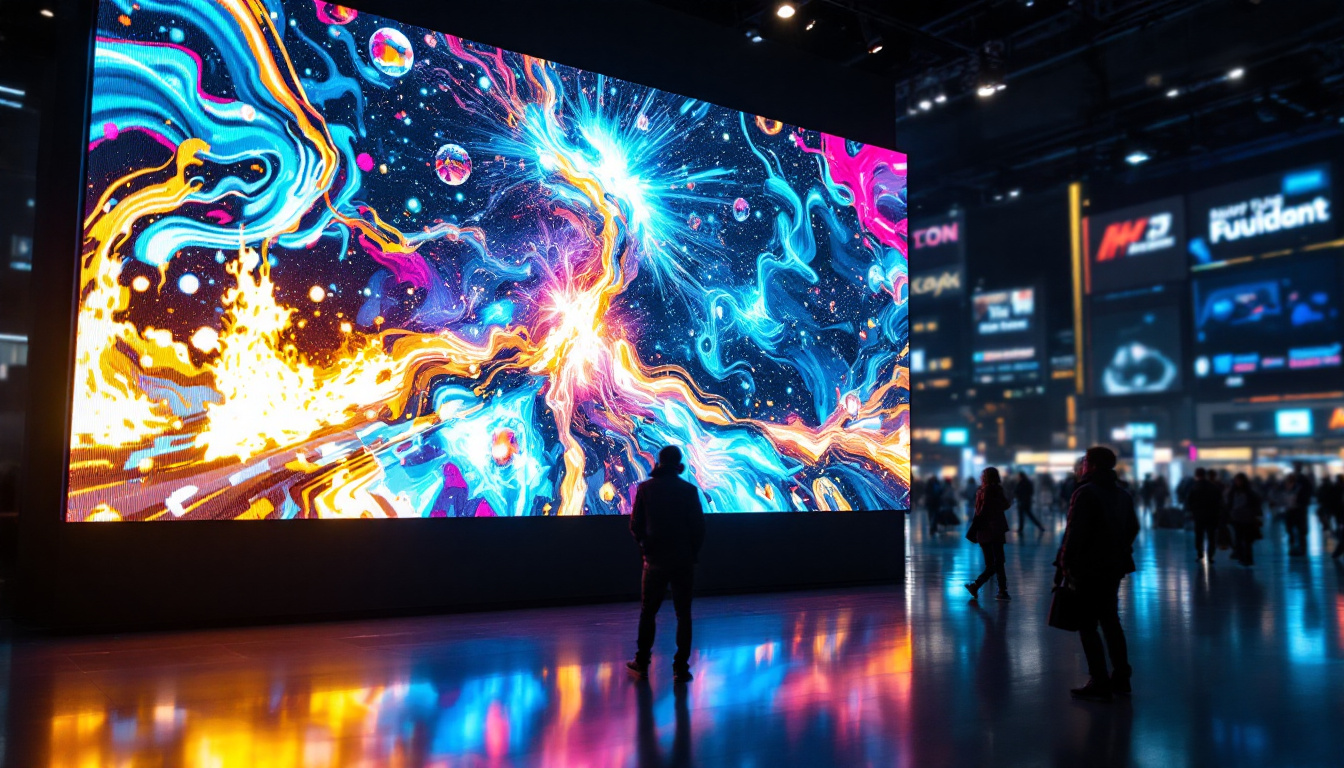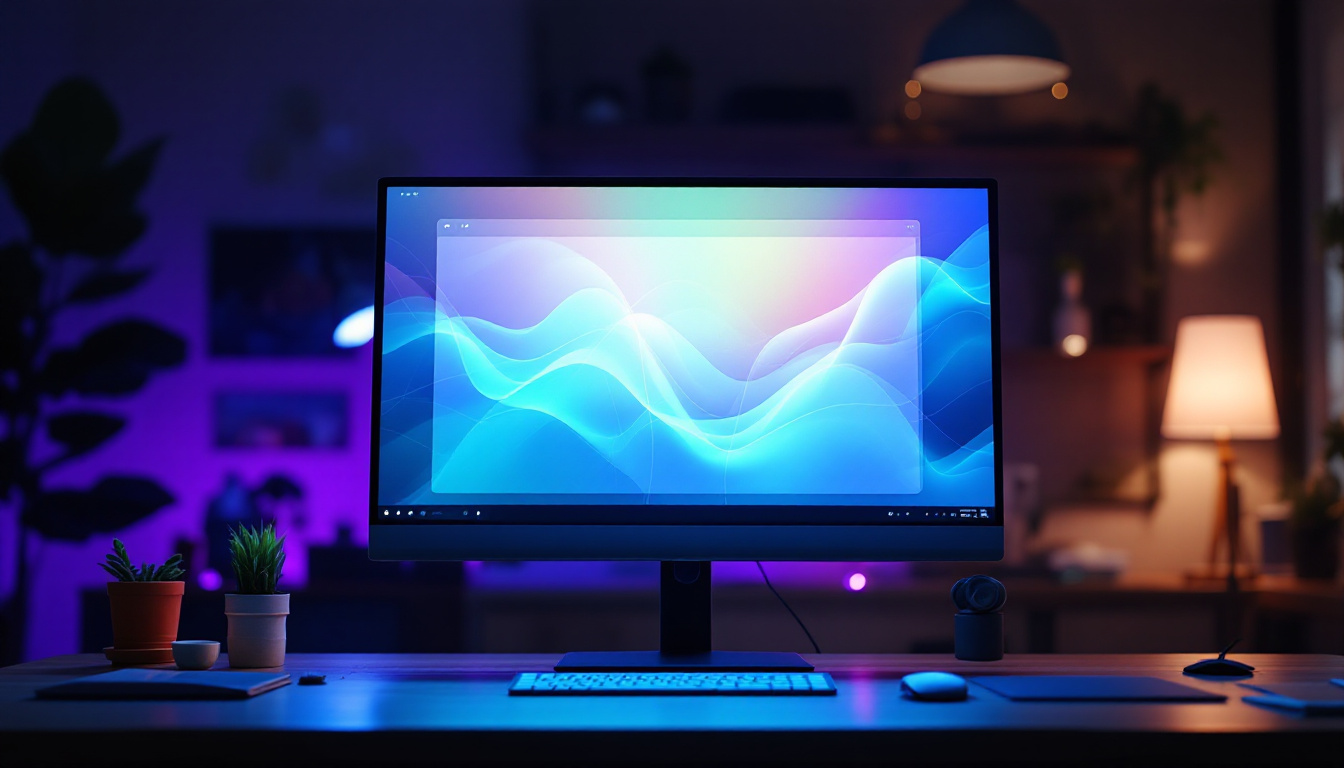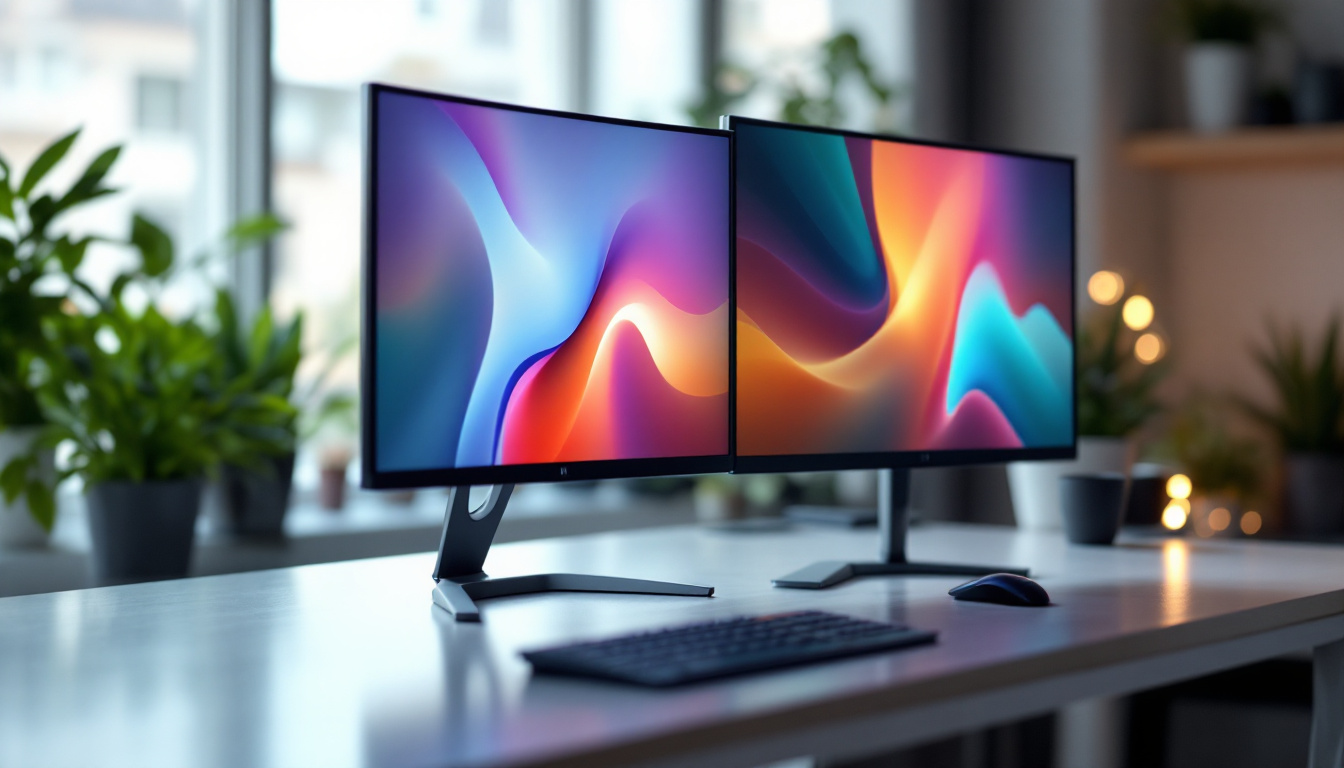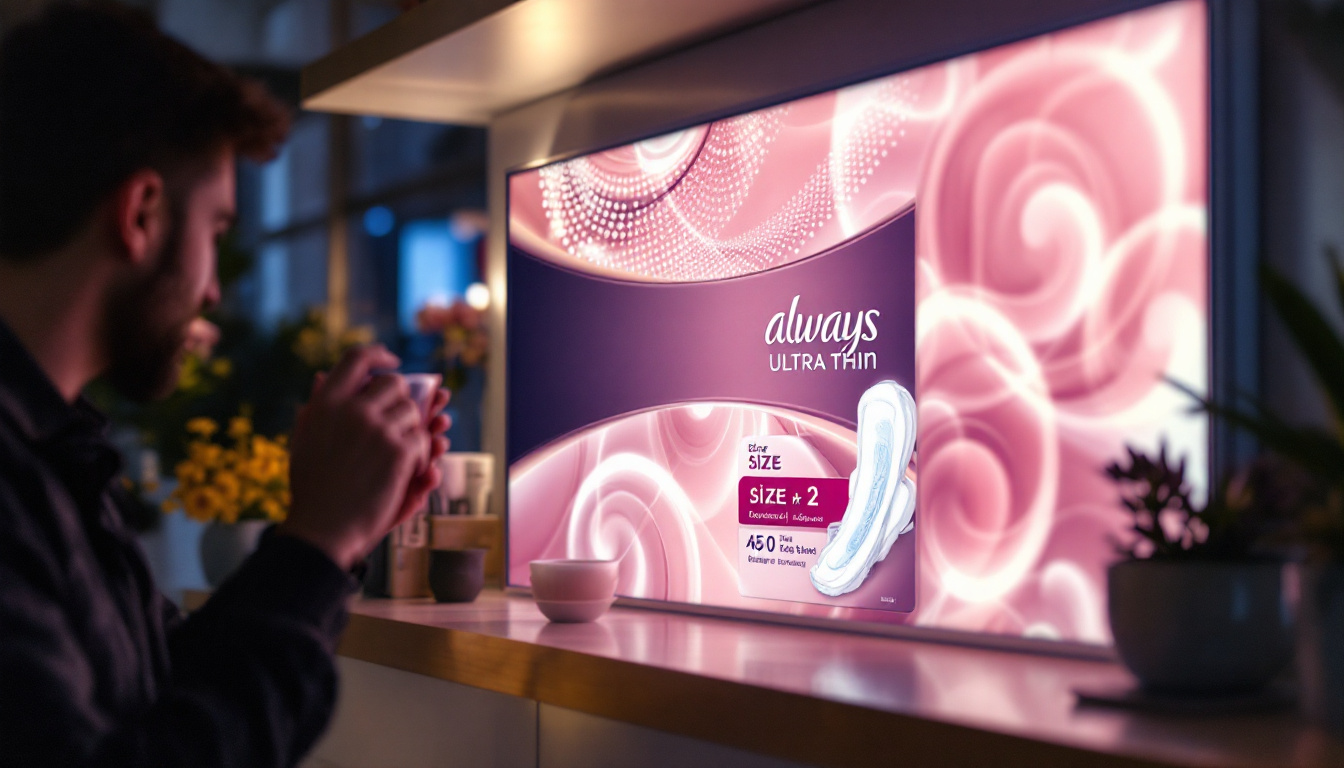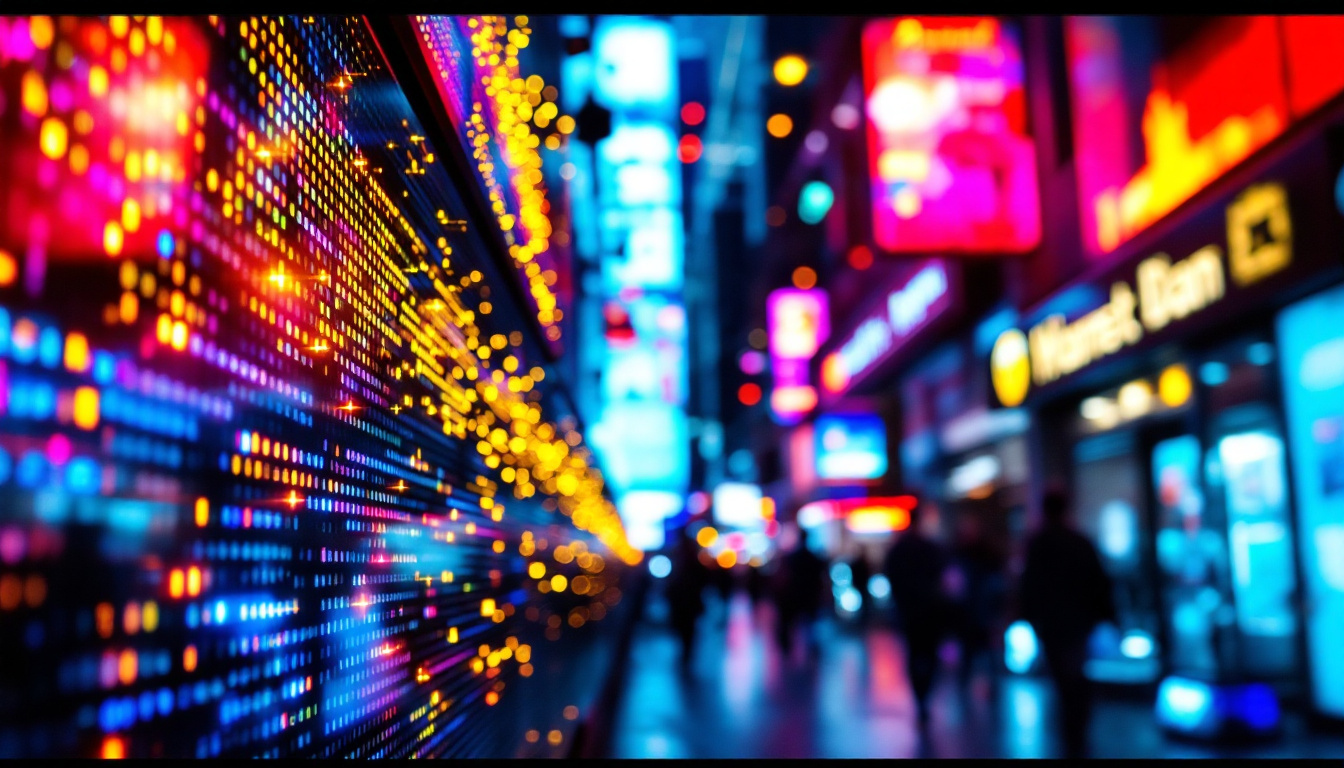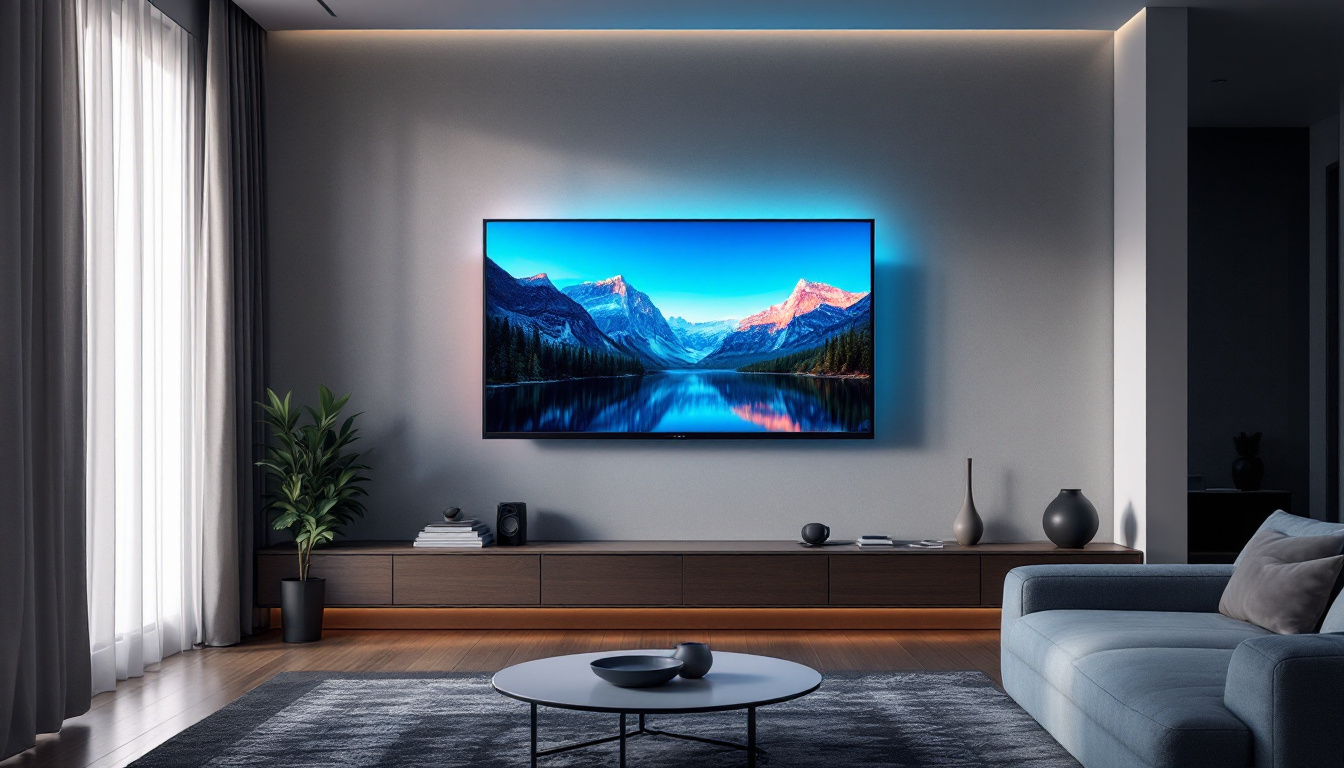Touchscreen: LED Display Explained
In the modern digital landscape, touchscreens have become ubiquitous, revolutionizing the way users interact with devices. The integration of LED displays into touchscreen technology has further enhanced this interaction, providing vivid visuals and responsive touch capabilities. This article delves into the intricacies of touchscreen LED displays, exploring their functionality, types, and applications.
Understanding Touchscreen Technology
Touchscreens are input devices that allow users to interact with a computer or mobile device by touching the display screen. The technology behind touchscreens has evolved significantly over the years, leading to various types that cater to different needs and applications.
Types of Touchscreen Technologies
There are primarily four types of touchscreen technologies: resistive, capacitive, infrared, and optical. Each type has its unique characteristics and applications.
- Resistive Touchscreens: These screens consist of two flexible layers separated by a small gap. When pressure is applied, the layers touch, registering the input. They are cost-effective and work well with gloves or styluses, making them suitable for industrial applications.
- Capacitive Touchscreens: Utilizing the electrical properties of the human body, capacitive screens detect touch through changes in capacitance. They offer better image quality and responsiveness, making them popular in smartphones and tablets.
- Infrared Touchscreens: These screens use an array of infrared light beams across the display. When an object interrupts the beams, the system registers a touch. This technology is often used in large displays and kiosks.
- Optical Touchscreens: Optical touchscreens use cameras to detect touch. They are highly accurate and can support multi-touch gestures, making them ideal for interactive displays.
How Touchscreens Work
Touchscreens work by detecting the location of a touch event on the screen. This is achieved through various methods depending on the technology used. For example, capacitive touchscreens sense the electrical charge from the human finger, while resistive screens rely on physical pressure. Once the touch is detected, the device’s operating system interprets the input and executes the corresponding action.
The responsiveness and accuracy of a touchscreen depend on several factors, including the technology used, the quality of the display, and the calibration of the system. As technology advances, the performance of touchscreens continues to improve, offering users a seamless experience.
Moreover, the integration of touchscreens into everyday devices has transformed how we interact with technology. From ATMs to smart home devices, touchscreens have become ubiquitous, providing intuitive interfaces that enhance user engagement. The rise of multi-touch capabilities has further revolutionized user interaction, allowing for gestures such as pinch-to-zoom and swipe, which have become second nature to users. This evolution has not only improved accessibility for individuals with disabilities but has also paved the way for innovative applications in fields like education, healthcare, and entertainment.
As we look to the future, advancements in touchscreen technology are expected to continue. Innovations such as flexible displays and haptic feedback are being explored to create even more immersive experiences. For instance, flexible touchscreens could lead to new device designs that are lighter and more portable, while haptic feedback could provide tactile sensations, making interactions feel more natural and engaging. These developments promise to further blur the lines between the digital and physical worlds, opening up exciting possibilities for user interaction.
The Role of LED Displays in Touchscreens
LED (Light Emitting Diode) displays play a crucial role in the functionality of touchscreens. They provide the visual interface that users interact with, and their characteristics significantly impact the overall user experience.
Advantages of LED Displays
LED displays offer several advantages over traditional display technologies, such as LCD (Liquid Crystal Display) or CRT (Cathode Ray Tube). Some of the key benefits include:
- Brightness: LED displays are known for their high brightness levels, making them suitable for use in various lighting conditions. This is particularly important for outdoor displays or environments with bright ambient light.
- Energy Efficiency: LEDs consume less power compared to other display technologies, leading to longer battery life in portable devices and reduced energy costs for larger installations.
- Color Accuracy: LED displays provide vibrant colors and better contrast ratios, enhancing the visual experience for users. This is essential for applications that require precise color representation, such as graphic design and photography.
How LED Displays Work
LED displays work by utilizing an array of tiny light-emitting diodes to create images. Each diode emits light of a specific color, and by combining these colors, the display can produce a wide range of hues. The arrangement of the diodes determines the resolution and clarity of the display.
In a typical LED display, the diodes are grouped into pixels, with each pixel consisting of red, green, and blue (RGB) components. By adjusting the intensity of each component, the display can create millions of colors, providing a rich visual experience. This technology is particularly effective in touchscreens, where clarity and responsiveness are paramount.
Moreover, the rapid response time of LED displays enhances the interactivity of touchscreens. Users can experience immediate feedback when they touch the screen, which is vital for applications ranging from gaming to professional design software. The swift refresh rates of LED technology ensure that animations and transitions appear smooth and fluid, thereby improving the overall user engagement. This immediacy is especially beneficial in environments where quick decision-making is essential, such as in medical or industrial settings.
Additionally, the durability of LED displays contributes to their suitability for touchscreens. Unlike traditional displays that may suffer from screen burn-in or require frequent replacements, LED technology is designed to withstand extensive use without significant degradation in quality. This longevity not only reduces maintenance costs but also ensures that users have a consistent and reliable interface over time. As touchscreens continue to proliferate in various sectors, the robustness of LED displays will play a pivotal role in shaping user experiences across diverse applications.
Applications of Touchscreen LED Displays
Touchscreen LED displays are utilized across various industries, enhancing user interaction and improving functionality. Their versatility makes them suitable for a wide range of applications.
Consumer Electronics
In the realm of consumer electronics, touchscreen LED displays are a staple in smartphones, tablets, and laptops. Their ability to provide a responsive and intuitive interface has made them the preferred choice for personal devices. Users can easily navigate through applications, browse the internet, and engage with multimedia content, all through simple touch gestures.
Industrial and Commercial Use
Touchscreen LED displays are also prevalent in industrial and commercial settings. They are used in kiosks, point-of-sale systems, and interactive displays in retail environments. The durability and ease of use of these displays make them ideal for high-traffic areas where quick and efficient interaction is essential.
Moreover, in industrial applications, touchscreen LED displays are often integrated into machinery and control systems. They allow operators to monitor processes, adjust settings, and receive real-time feedback, enhancing productivity and safety in various industries.
Healthcare Applications
In the healthcare sector, touchscreen LED displays are increasingly being used in medical devices and patient monitoring systems. These displays facilitate easy access to patient information, enabling healthcare professionals to make informed decisions quickly. Additionally, their hygiene-friendly surfaces are essential in maintaining cleanliness in clinical environments.
Future Trends in Touchscreen LED Technology
The future of touchscreen LED technology is promising, with ongoing advancements that aim to enhance user experience and broaden applications. Several trends are emerging in this field.
Flexible and Foldable Displays
One of the most exciting developments is the emergence of flexible and foldable touchscreen LED displays. These innovative designs allow for new form factors in devices, enabling manufacturers to create products that are more portable and adaptable. As technology progresses, it is expected that flexible displays will become more prevalent in smartphones, tablets, and wearables.
Enhanced Touch Sensitivity
Future touchscreens are likely to feature improved touch sensitivity and accuracy, allowing for more intricate gestures and interactions. This advancement will enhance user experience, particularly in applications that require precision, such as graphic design and gaming.
Integration with Augmented Reality (AR)
Another trend is the integration of touchscreen LED displays with augmented reality technology. This combination has the potential to revolutionize how users interact with digital content, providing immersive experiences that blend the physical and digital worlds. As AR technology matures, touchscreen displays will play a crucial role in delivering these experiences.
Challenges and Considerations
Despite the numerous advantages of touchscreen LED displays, there are challenges and considerations that manufacturers and users must keep in mind.
Durability and Maintenance
While touchscreen LED displays are generally robust, they are not immune to damage. Scratches, cracks, and other forms of wear can affect performance and aesthetics. Manufacturers are continually working on improving the durability of these displays, but users should also take precautions to protect their devices.
Cost Implications
The cost of touchscreen LED technology can be a barrier for some applications, particularly in large-scale installations. While prices have been decreasing over the years, high-quality displays can still represent a significant investment. Organizations must weigh the benefits against the costs when considering the implementation of touchscreen technology.
Environmental Impact
As with any technology, the environmental impact of touchscreen LED displays is a consideration. The production and disposal of electronic devices contribute to electronic waste. Manufacturers are increasingly focusing on sustainable practices, such as using recyclable materials and reducing energy consumption during production.
Conclusion
Touchscreen LED displays have transformed the way users interact with technology, offering a seamless blend of visual engagement and intuitive control. As advancements continue to shape this field, the future holds exciting possibilities for enhanced user experiences and innovative applications. Understanding the technology behind these displays is essential for leveraging their full potential, whether in consumer electronics, industrial applications, or healthcare settings.
In summary, the combination of touchscreen technology and LED displays represents a significant leap forward in human-computer interaction. As the industry evolves, staying informed about trends, challenges, and advancements will be crucial for both users and manufacturers alike.
Discover the Future of Touchscreen Interaction with LumenMatrix
As you’ve explored the transformative power of touchscreen LED displays, it’s clear that the future of digital interaction lies in innovative and responsive solutions. LumenMatrix stands at the forefront of this technological revolution, offering a diverse range of LED display modules designed to elevate your brand’s visibility and captivate your audience. From Indoor and Outdoor LED Wall Displays to specialized solutions like Vehicle and Sports Displays, LumenMatrix tailors to every need. Embrace the next level of visual communication and check out LumenMatrix LED Display Solutions today to see how they can enhance engagement and deliver your message with unparalleled clarity and impact.


